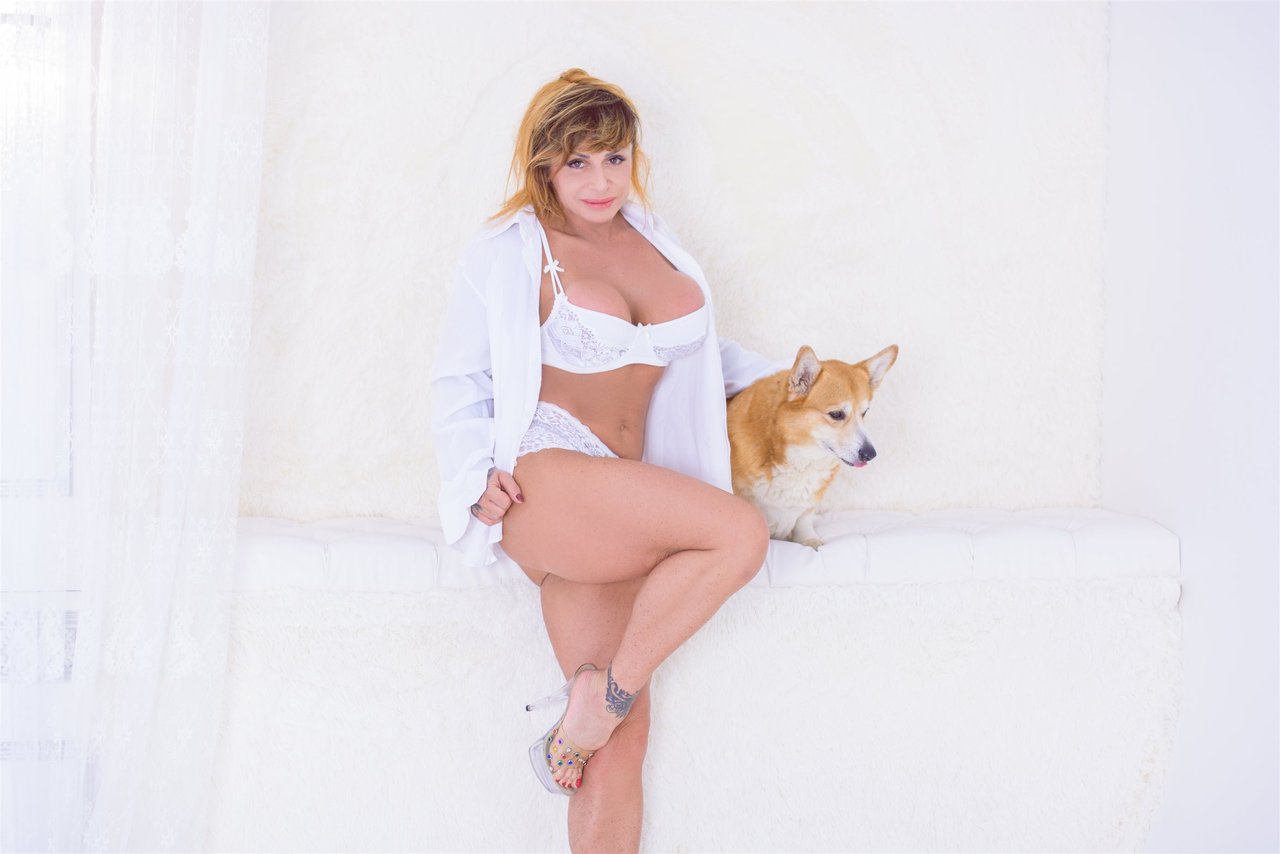Figuring Out Sexuality: Common Signs, Obstacles, and Self-Discovery
When you start figuring out your sexuality, confusion often feels like your only companion. Most of us grow up with TV scripts, social norms, and family expectations that don’t open space for honest questions. It can be isolating, especially for women and nonbinary individuals who rarely see themselves reflected in mainstream stories.
Maybe you notice you’re drawn to someone unexpectedly—or you wonder why crushes never seem to stick with guys the way they do with women. These small, private moments can trigger what pros call “identity exploration”: a slow dance with your own feelings, which few people ever admit out loud. Questioning sexuality isn’t a flaw. It’s an invitation to pause, ask better questions, and challenge any labels that never quite fit, even if they made sense before.
Early on, it’s common to mix up friendship and romantic attraction. It’s also normal to change your mind over time, or to not have all the answers right away. Labels like bisexual or lesbian are often presented as black-and-white, but real life exists in the spectrum, not the extremes. For many, the hardest part isn’t the identity itself, but the fear of naming it—of saying “maybe I like more than one gender,” or “maybe I only want women, and that’s okay.”
If you’re questioning, give yourself grace. Nobody gets a medal for speedy self-knowledge. You’re allowed to move slow. This journey is valid—whether it’s smooth, messy, or happens in private. Don’t let anyone else’s map become your compass. You get to draw your own. And while answers are nice, sometimes living the question is more healing than rushing toward certainty.
The Difference Between Lesbian and Bisexual—In Practical Terms
There’s a lot of noise around the lesbian vs bisexual debate, but clarity lives in the details. A lesbian is a woman (or nonbinary person who identifies with that experience) who is attracted romantically and physically only to women. Bisexuality means being attracted to both men and women—or, more broadly, to more than one gender. That’s the definition, but the lived experience is less clean-cut.
People with a bisexual identity might deeply love women and still have genuine attraction to men, or vice versa. “Both” doesn’t always mean equally or at the same time; for some, love interests change like the seasons, not like a light switch. Lesbian identity is anchored by exclusive attraction to the same sex. That doesn’t erase a spectrum of expression—some lesbians knew early, while others wrestled with internal doubts or external pressure. Relationship preferences, emotional bonds, and even moments of uncertainty are part of both stories.
One stubborn myth says bisexuality is “just a phase” on the “way” to being lesbian. That’s simply not true. Others believe lesbians secretly like men, or bisexually labeled people are just “undecided.” Both ideas ignore how real, persistent, and valid these identities are. What matters most: only you can decide which description feels right. Trying on labels is not about exclusion—it’s about empowerment. Every word you use for yourself is a step closer to home.
Lesbian Identity vs Bisexual Identity—Real-Life Differences and Nuance
Living as a lesbian or bisexual person isn’t just about what people see—it’s about the expectations you carry on your back. Those with a lesbian identity often face the world’s assumption that women “must” like men, leading to what’s called “compulsory heterosexuality.” This pressure can linger in friendships, families, schools, and dating scenes. Bisexual people encounter a different kind of challenge: being cast as “half in, half out” by both the straight and queer community. Sometimes, bisexual women feel erased or judged, especially if they’re in seemingly “straight” relationships.
Social stigma shapes both identities, but in different ways. Lesbians sometimes doubt if their feelings are strong enough or “real” because of outside disbelief or years spent going along with what’s expected. Bisexuals might feel compelled to prove legitimacy—to justify every past or current relationship, or to “pick a side.” Internal obstacles are real: shame, invisibility, and second-guessing yourself can show up on this journey. Many wrestle with reconciling emotional attraction toward women with curiosity (or lack thereof) for others across the gender spectrum.
There’s a spectrum to all this; not every story will line up in neat columns. The LGBTQ community holds space for a wide range of personal discovery. These differences in lesbian vs bisexual experience aren’t about competition—they’re threads in a tapestry. At the end of the day, identity is for you to name, not for others to approve. Choose what brings comfort and clarity to your everyday life; that’s where truth lives.


